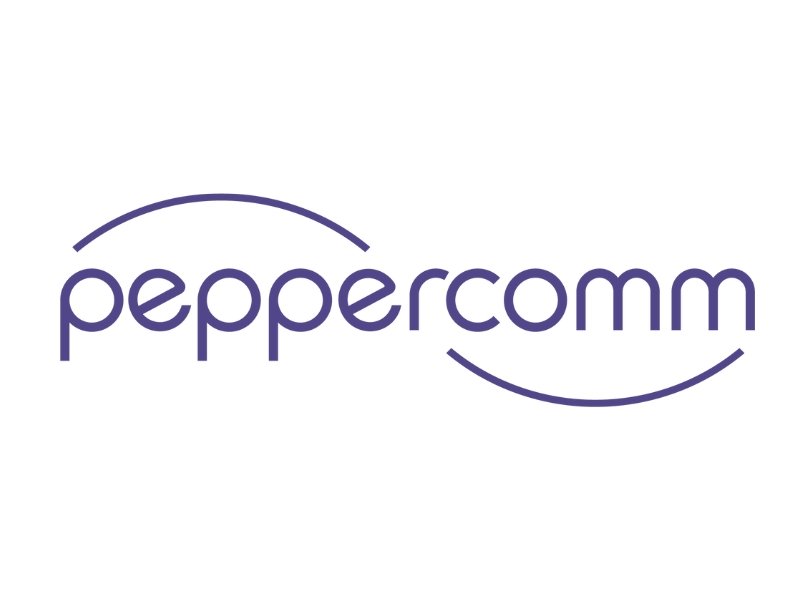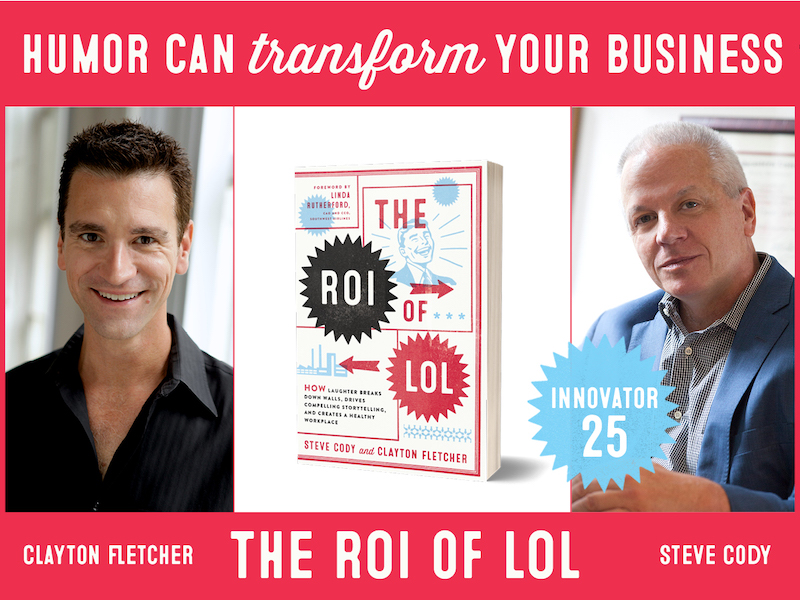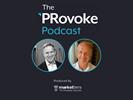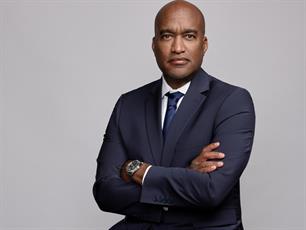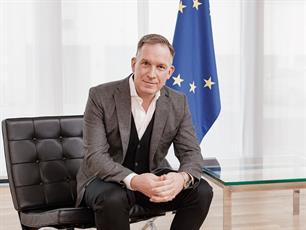Lippe Taylor 11 May 2022 // 7:25PM GMT
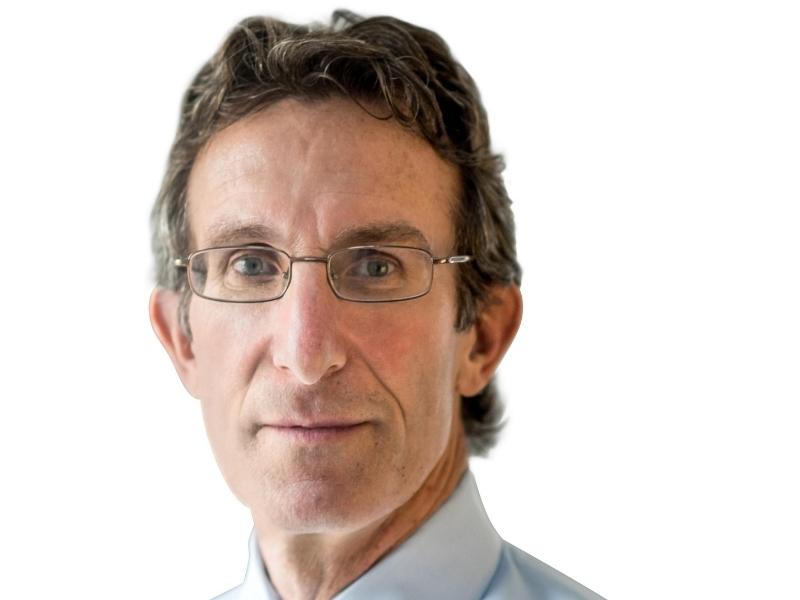
Peter Land has been with DICK’S Sporting Goods since mid-2020 where he currently serves as their Chief Communications and Sustainability Officer. He is also an adjunct professor at the New York University Stern School of Business, a position he has held since 1998.
Prior to joining the team at DICK’S, Land specialized in Corporate Reputation and Consumer Marketing as a partner in New York strategic communications agency Finsbury Glover Hering. Before that he was Senior VP of Corporate Communications for AOL and, earlier, he held that same title at PepsiCo.
Other positions he has held include Global Managing Director for PR powerhouse agency Edelman, Director of Marketing Communications for the National Basketball Association, and Promotions Director for Kraft Foods.
In 1983, Land scored his first big job, that of sportswriter with The Washington Post. He had only a short time earlier graduated from Duke University where he earned a bachelor’s degree with honors.
In this conversation with Lippe Taylor CEO, Paul Dyer, Peter discusses the importance of skills acquisition, how marketing and comms functions are merging, the value of cultivating great ideas, and much, much more.
Feel free to listen to the entire conversation on Lippe Taylor’s Frictionless Marketing Podcast:
Here are some key takeaways from this conversation with Peter Land:
Number one. Build personal relationships and networks in person.
Emailing back and forth with people you meet online is no way to make viable connections. According to Land, you need to interact face-to-face if possible because that’s how deep, meaningful, personal relationships are forged. He also makes the point that personal relationships are “massively important in communications. It's important across the board, but especially in our discipline [earned-creative comms].” Having a solid network allows you to do things like “say to your work colleagues … ‘I think your idea could get us some airtime at Good Morning, America—a friend of mine is a producer there; let me ask them if they think so too.’”
Number two. Find opportunities to repurpose.
To illustrate this point, Peter cites the example of a campaign his brand conducted last year called “Inside Moves.” The centerpiece was a 60-second commercial featuring eight of DICK’S Sporting Goods top executives (all of whom are female), with company CEO Lauren Hobart voicing over the story of how the brand is driving the entire industry to boost women’s and girls’ athletics. But while the content of the commercial started with a great idea, it wasn’t the only bit of ingenious thinking—Land explains that he and his team additionally came up with a strategy of weaving the commercial’s message into profiles of the women execs for dissemination via social channels and then repurposing those personality snapshots for internal use as employee-relations/team-building tools.
Number three. Let your brand value shine by solving problems.
Peter tells of seeing just before the 2021 NCAA Final Four women's basketball tournament a viral video revealing how poorly equipped the women’s weight room was at the event venue, the Alamodome in San Antonio, Texas. That sparked a publicity gambit in which the DICK’S Sporting Goods stores in San Antonio pitched in to deliver to the Alamo Dome sufficient weight equipment to put the women’s weight room on par with the much better-outfitted men’s weight room. “It was an incredible moment that let the NCAA know we’re here for the women's basketball community,” Land says. “[This] completely energized our San Antonio teammates and got us coverage in USA Today and on NBC’s Today Show. It also became an intense social media story that grew and grew and grew.”
Paul Dyer: Peter, thank you for joining us today.
Peter Land: My pleasure.
PD: I want to start by talking about the interesting career trajectory you've had. For five years, you were the NBA’s Director of Communications. You’ve worked at agencies. You were at food and beverage giant PepsiCo, tech leader AOL, and now you're at DICK’S Sporting Goods. What led you along that path?
PL: A love of sports. I was a sportswriter at my university and ended up getting a job covering sports for The Washington Post. I discovered during my time with the newspaper that I loved the business of sports more than the scores, statistics, and game strategies. So, I shifted out of sports writing into a traditional nine-to-five job doing communications. After entering the corporate world, fabulous growth opportunities presented themselves to me one after the next. Kraft, PepsiCo—great opportunities to acquire new and increasingly specialized skills.
PD: How do you see communications in its current state fitting into the broader context of marketing today?
PL: The pandemic reinforced the importance of communications as a discipline within marketing, especially executive communications. During Covid, much of our work at DICK’S Sporting Goods was focused on executive communications—we have 850 stores; there's mask mandates in state X and we're taking away the masks in state Y; we're closing for one reason and we're opening for another. So just in terms of sharing with our stores the things happening nationally and in their respective states, communication was a massively important function. And it continues to be massively important.
Dan Edelman, the founder of the agency that bears his name, always believed that communications has a seat at the table in the C-suite. As his son Richard, the CEO, made clear to me during the nine years I was with the agency, no strategic decision affecting the corporation and the brand is ever made in a crisis without communications being in the room--not on the outside but in the inner circle with the top execs and the board.
PD: That's a really important point. Communications needs to have a seat at the table. But then, what you do with that seat once you gain it? How do you make the most of it?
PL: Communications, as a discipline, is the glue that cuts across all the various stakeholder groups and makes sure there's consistency and clarity in the messaging. For example, when we closed stores during the pandemic, we had to deliver messages about that to our shareholders, to our employees, and to consumers. If you're the CEO and the board, how could you possibly architect a messaging strategy about closings without communications having a seat at the table? It's just not possible. You could end up with three very different messages going out to three different groups. Most companies have embraced the idea that for storytelling consistency and empathy—whether it's good news or bad news—there has to be clarity, not just accurate language. Communication must make sense to the target audience, but it also must feel like it's coming from the heart. That's what we in communications do with our seat at the table. We use that seat to make sure the storytelling is clear, concise, and empathetic.
PD: Were there any leadership lessons that stand out in your mind from you and your DICK’S Sporting Goods team having together battled your way through the pandemic?
PL: It might sound cliché, but our employee-first mindset worked for us, as I’m sure it did for many other companies that also faced the pandemic. From day one, DICK’S Sporting Goods made it all about the people, not about business and financials and the like. Our goal was first and foremost to take care of our people, be it by maintaining their healthcare benefits without any lapses, compensating them even after we had to furlough them, or figuring out how quickly we could bring them back to work. Having to address those and other issues galvanized the leadership team. We had a call every morning at eight o'clock—and it always started with “How are people feeling? What are you hearing out in the field? Are there people or groups we need to take care of?” People first.
PD: At Lippe Taylor, we're big believers in the idea of earned creative, this idea that marketing can be led through earned-first ideas. What’s your perspective on that? What will earned-first ideation look like as marketing and communications come together?
PL: I don’t think “earned first” or even “paid first” is the right way to look at it, because the power ultimately ends up in the idea—and the idea can come from anywhere. To illustrate, look at our 2021 “Inside Moves” campaign. It was mostly a television commercial about the women on our leadership team. It was sparked by an insight that turned into an idea that became a terrific television commercial. It was, in fact, such a terrific commercial that we wondered among ourselves if maybe we had captured lightning in a bottle with it. Even so, we didn't then contact a bunch of journalists and say, "Hey, go look at our TV spot about how our women leadership team is driving industry support for women’s and girls’ sports." Instead, we repurposed the commercial’s content to create individual profiles of each of the featured executives which we then pushed through our social channels before further repurposing into an internal communication to employees.
In contrast, consider what we did last year with the NCAA Women's Basketball Tournament. A video somebody else did to show the disparity between the men's weight room and the women's weight room at the Final Four went viral. I happened to see that video, which prompted me to email our head of marketing and ask whether we should do something about this, given that DICK’S Sporting Goods sells weights. I sent that email at midnight, which led to a 7 a.m. conference call, which led to a call later that same day to all our stores in San Antonio, the outcome of which was a decision to load up our trucks and bring some weights over to the Alamodome and offer them additional weights for the weight room.
It was an incredible moment that let the NCAA know we’re here for the women's basketball community. The NCAA ultimately decided they didn't need our weights, but just being able to put together the response that we did to a high-visibility problem completely energized our San Antonio teammates and got us coverage in USA Today and on NBC’s Today Show. It also became an intense social media story that grew and grew and grew. And remember, this entire ball got rolling because we asked and addressed the question of how we could add value to the community.
PD: DICK’S Sporting Goods waded into a hot-button cultural, societal conversation—the gun reform issue that followed the Parkland, Florida school shooting. And there have been other conversations too. How do you decide when—and to what extent—to engage in these conversations?
PL: With the Parkland shooting, we were guided by passion. After that tragedy, we felt it was time for us to stop selling firearms. But there was disagreement about how to proceed with that move. Some felt we should stop selling guns but not talk about it publicly. Others felt, no, we must talk about it publicly. Eventually, the side that wanted to talk about it prevailed, although on the day we publicly announced our decision we ended up committing to doing only three interviews—NBC’s Nightly News, CNN, and ABC’s Good Morning, America.
Prior to making the decision to get out of the gun-selling business, we came to terms with the fact that we would be entering a challenging public debate and that not everybody would be happy about our decision. It alienated some customers and cost us about $250 million in lost revenue. Still, it was a decision made by unanimous agreement, one we would do again if it were possible to go back in time knowing what we know now.
When it comes to opportunities for other societal conversations, we are much more circumspect. We don't believe we have all the answers, so we don't jump into a lot of issues. We stay out of those we lack the expertise to discuss. We might have a strong position about an issue internally, but to comment on it externally might not be something we can do because we’re not really experts or super-knowledgeable about it.
PD: What are the skills—and the mindsets—that you’d encourage people to develop if they aspire to be communicators with a seat at the table?
PL: One skill I recommend people develop is the art of writing. You must be able to communicate with utmost professionalism. For example, when I meet with our board or our CEO, I usually prepare a succinctly-written brief of what I want to talk about—the topics and facts the decision-makers need to know, the decisions they need to make.
It’s also essential to build a network made up of deep, meaningful, personal relationships. This is massively important in communications. It's important across the board, but especially in our discipline. You can't rely on just email and online platforms. You must have actual relationships because then you’ll be able to say to your company teammates things like “I think your idea could get us some airtime at Good Morning, America—a friend of mine is a producer there; let me ask them if they think so too.”
PD: That is so true. There will never be a replacement for face-to-face communication and personal relationships. Well, Peter, I can’t think of a better note to end on here, and thank you so much for taking the time.
PL: Thanks for inviting me, Paul!


































.jpg)


